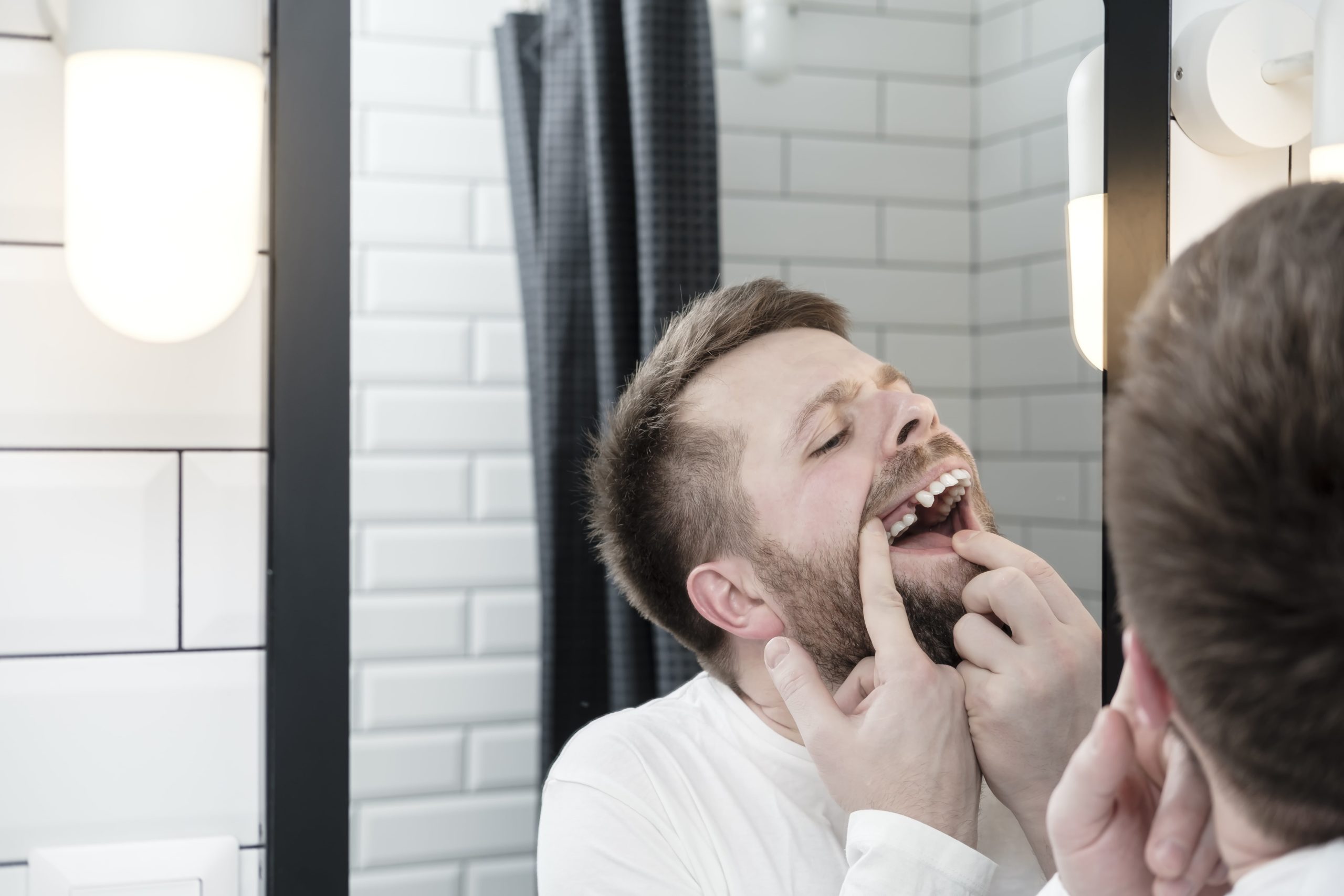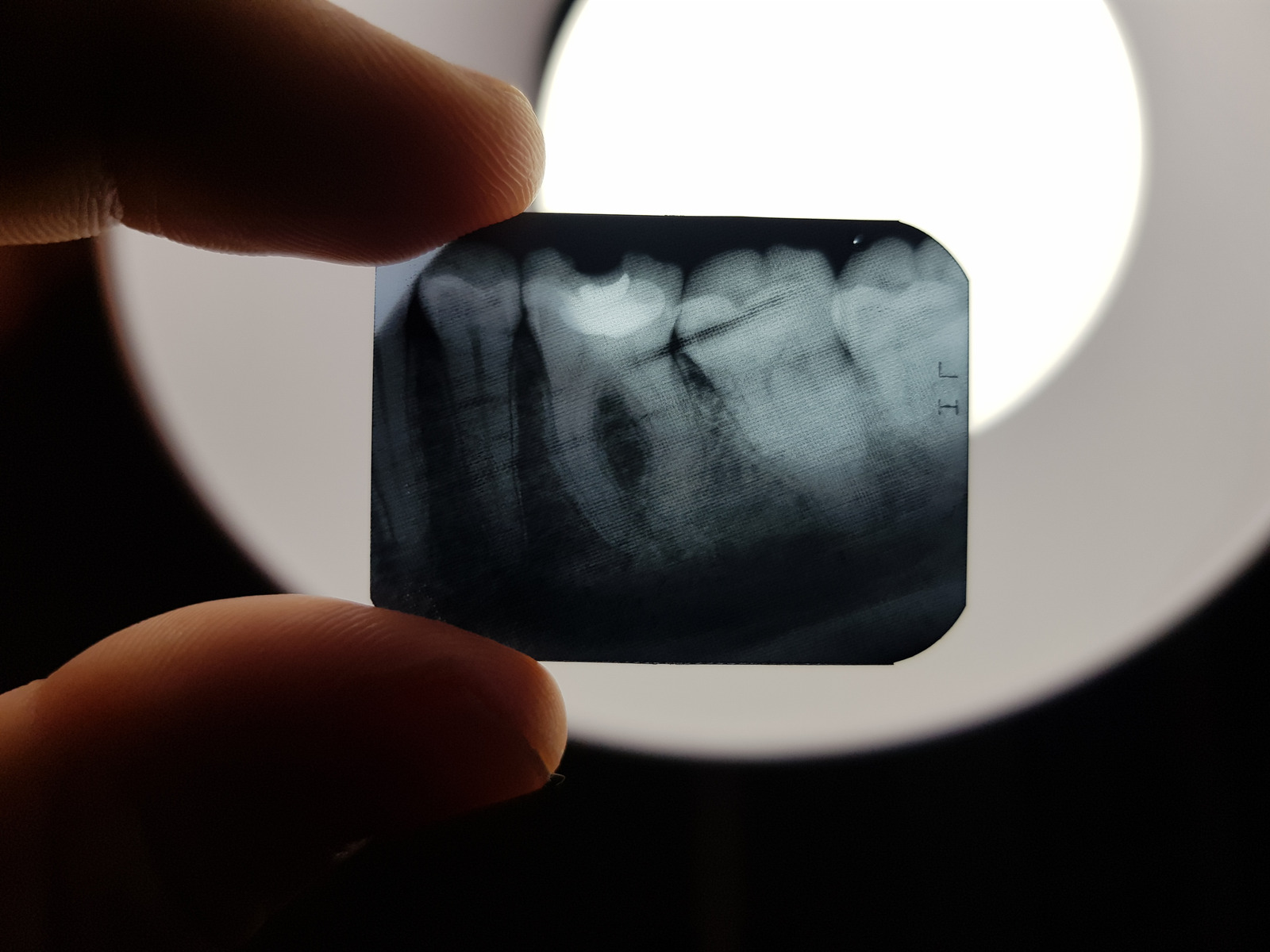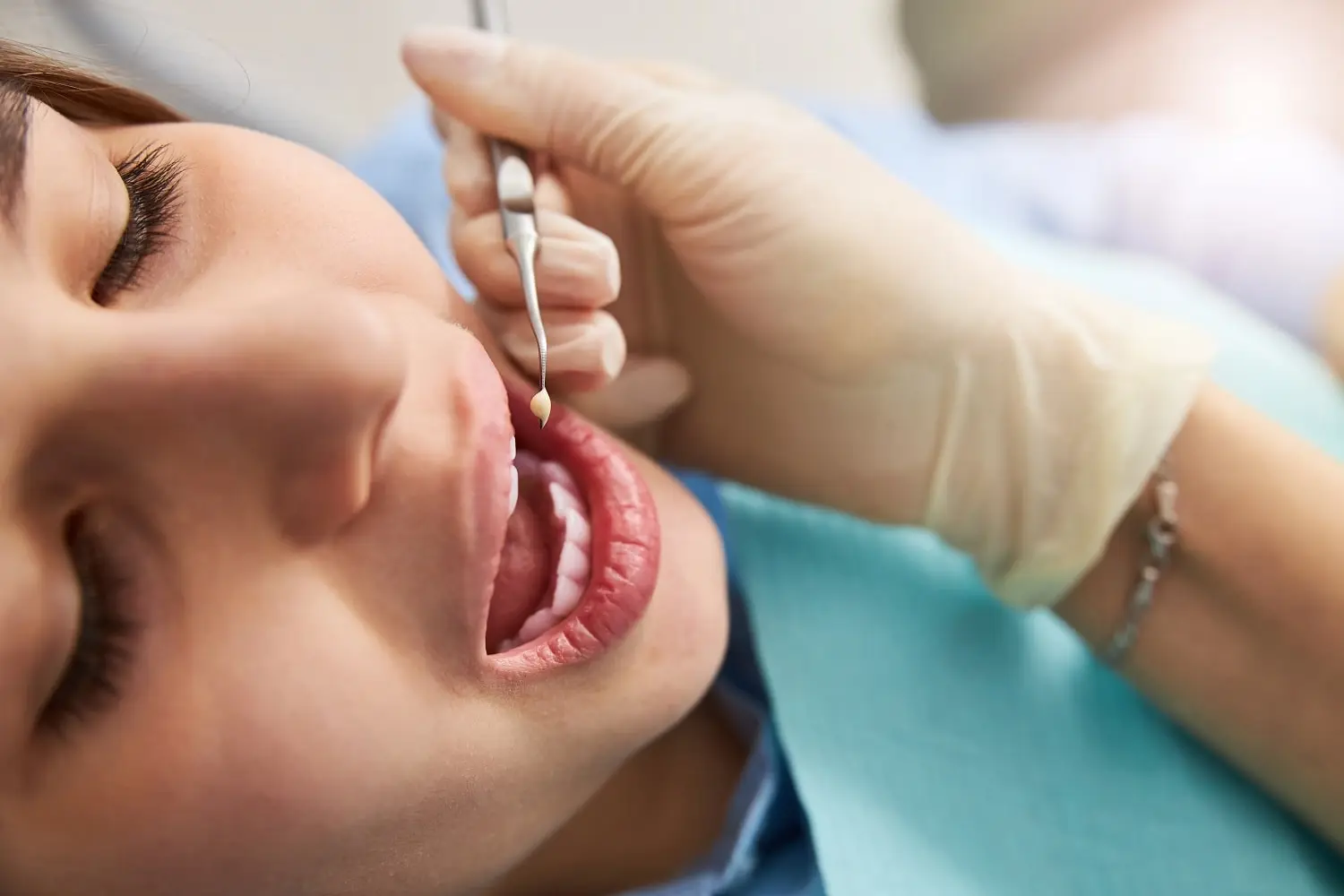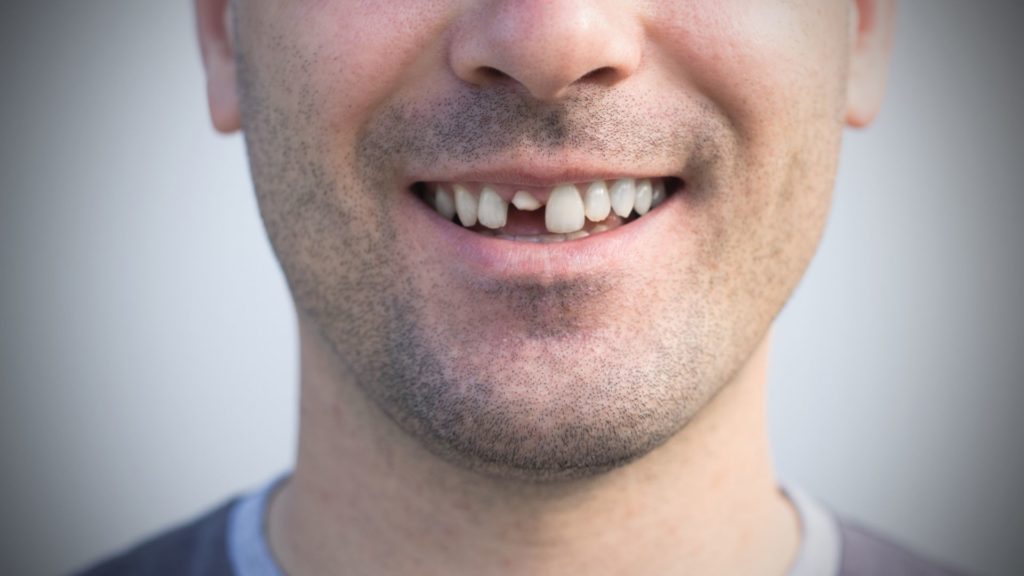Last Updated on: 5th December 2024, 08:26 am
Broken Tooth Emergency
Dental trauma is an injury that occurs to the teeth or their supporting structures. They can cause fractures, tooth displacement, or damage to supporting tissues (gums and bone). Dental trauma in children usually occurs in the upper anterior teeth and can be caused by falls, sports activities, and traffic accidents. Dental trauma can be influenced by anatomical features such as lip enhancement and lip coverage that is not adequate.
The International Association of Dental Traumatology (IADT) reports that one in two children experiences dental trauma by the age of 8 to 12, making dental trauma a serious and recurring problem. The data explain that permanent dental trauma among children and adolescents needs special attention from parents since, at this age, they are very vulnerable to dental trauma, especially permanent teeth.

Most new mothers will seek treatment when clinical signs appear, such as bleeding, tooth mobility, and pain. Even several studies abroad have shown that the knowledge of mothers about dental trauma remains minimal. The mother’s knowledge, which is still minimal, may affect the mother’s ability to manage the incidence of dental trauma in children. Based on this, researchers are interested in conducting research on the emergence of fractured teeth in children, adolescents, and adults.
Definition
Coronary tooth fracture is the most common traumatic injury in the permanent dentition. Today, they are considered a public health problem, because in addition to education and prevention efforts, they also require restorative treatment from patients. The prevalence of these injuries ranges from 26% to 76% of dental injuries and can occur in childhood and adolescence, although it is not uncommon to observe them in adulthood.
Epidemiology

Coronary tooth fractures usually occur in the upper incisors and their prevalence is 96% compared to other teeth. In this group, the central incisor is affected in approximately 80% of cases and the lateral incisor. According to the description in the literature, men are the most affected, with a ratio of 3.6: 1.0, for women; adding that the most susceptible age is between 7 and 20 years.
Pathogenesis
When dental trauma occurs, the energy of the blow is usually transferred to the relevant tooth and its supporting structure. It is important to evaluate factors such as the force generated (magnitude and direction), the influence of the force (the velocity generated and oral conditions), and the affected object (shape, size and direction, density). If the injured tooth can absorb all the energy of the impact, the possibility of fracture is very high and the risk of damage to the periodontal tissue is very low.
Risk factors
- High impact or contact sports activities.
- Car accidents.
- Children with a physical disability.
- Socioeconomic.
- Patients with cleft lip and palate.
- Amylogenesis Imperfecta.
- Hitting the teeth with foreign objects.
Diagnosis

In this type of trauma, the case must be diagnosed quickly and precisely, taking into account the extent of the injury and its relationship with the pulp, periodontal, and bone tissue. A thorough examination is necessary, although it is not always easy to perform due to the emotional and physical condition of the patient, especially when the injury occurs to a child. It is recommended to separate the examination of the patients into three stages:
Anamnesis
A complete, detailed, calm, and direct medical history is important to know when the injury occurred and therefore to know the time elapsed since the impact.
Clinical examination
At this stage, observations are made of the presence of signs around the affected oral structure, whose evaluations can be:
- Soft tissues: observe lesions on the gums, cheeks, lips, tongue
- Hard tissues: observe fractures in dental tissue, alveolar tissue, and bone tissue, whose processes to be followed in the evaluation are:
- Evaluation of the dental fragment.
- Evaluation of the fracture extension.
- Mobility.
- test Thermal sensitivity test.
- Among others
Radigraphic exam
The type of X-ray examination to be performed Based on the data collected during the physical examination will determine which tooth (s) will be x-rayed. (3)

The International Society of Dental Trauma suggests that the radiographic examination of the injured area includes occlusal radiographs and 3 periapical radiographs with different angles (frontal, mesenteric and distal), thus obtaining as much information as possible about the severity of the injury.
Treatment
When it comes to the treatment of crown fractures in permanent teeth, it is important to consider both the pulp response to trauma and the alternatives that can be offered for the aesthetic and functional restoration of the function of the affected tooth.

For uncomplicated fractures:
- Fracture at the enamel level: treatment with restoration and dental control.
- Fracture at the enamel and dentin level: indirect or direct pulp capping treatment, plus restoration and dental control.
For complicated fractures
- At the pulp level: endodontic treatment with resin restoration or rehabilitation such as a crown, inlay, among others.
- Fracture at the dental and bone level: treatment performed in a hospital setting due to the severity of the case
Conclusion
Permanent dental trauma, especially coronary fractures, occurs frequently. Proper care and diagnosis based on a complete medical history, a clinical and radiological examination of the traumatic area are vital along with aesthetic, functional, and psychological considerations essential for individualized treatment planning. It is important to emphasize that the prognosis of the condition is determined by the extent of the fracture, the presence of concomitant damage to the supporting tissue such as dislocation, the degree of root development, and the type of treatment to be performed.
Contact us
If you have any questions about this or other topics, you can contact us at Channel Island Family Dental as well as our Facebook page. We look forward to your visit and will make a timely diagnosis. Our dentists in Oxnard, Santa Paula, Ventura, Newbury Park, and Port Hueneme will be able to guide you towards the best treatment to take care of your health and return your best smile.



